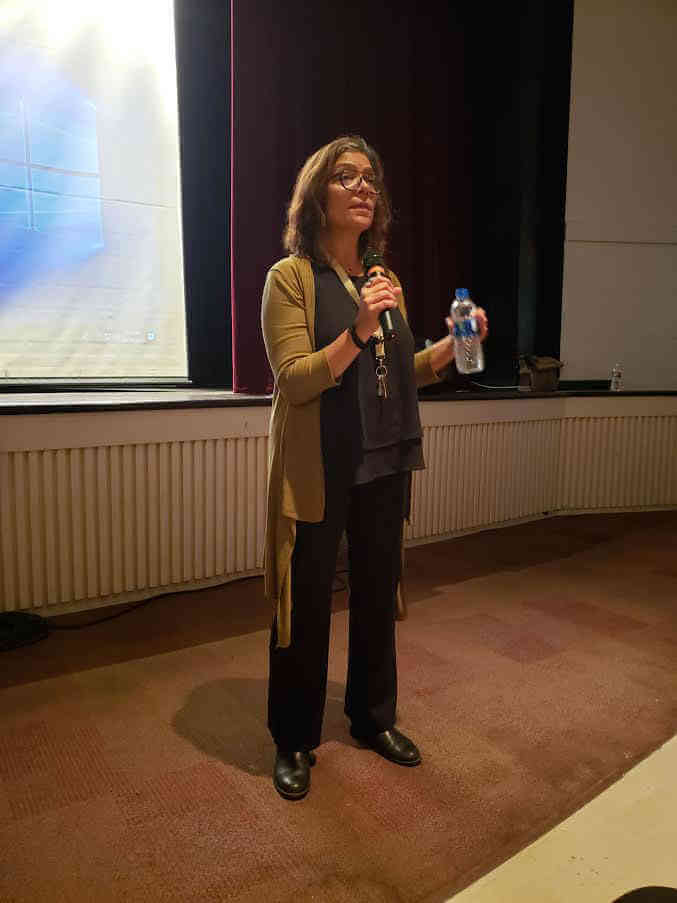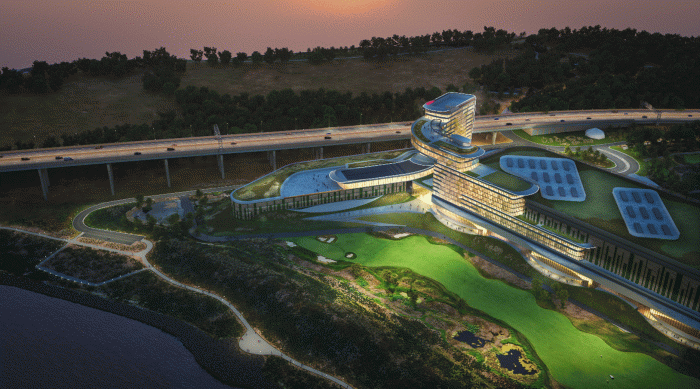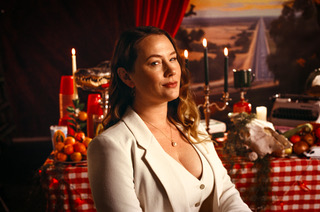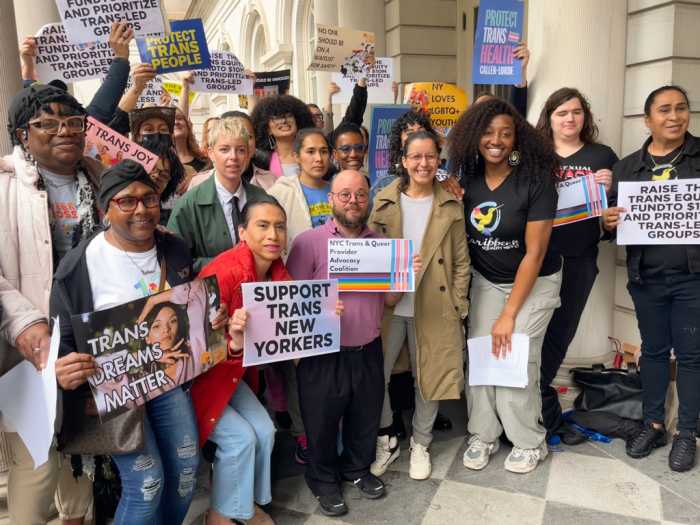In the 1970s the south Bronx was engulfed in flames and left to rot. No one cared if people died, were evicted or lost their homes.
Vivian Vázquez Irizarry, a south Bronx native, dives into the borough’s worst catastrophe in her film, ‘Decade of Fire: The South Bronx is Burning.’
On Tuesday, November 19, she screened the movie for students at Bronx Community College.
Vázquez Irizarry, 56, who grew up watching her neighborhood burn, didn’t understand the implications of the destruction until she began her research a decade ago.
“The thing that kept me going was that these conditions were not created by (people of color),” she said to the attendees. “It made me realize that I had to make this movie.”
The film dives into the devastation that took place in the south Bronx in the 70s. What was once a melting pot of working class Jews, Irish, African Americans and Latinos, became a neighborhood of low-income families.
In the 60s, there was the ‘white flight,’ where numerous white families left the city and relocated to the suburbs.
Then there was redlining. Redlining is the denial of various services to residents of specific, often racially associated neighborhoods or communities, either directly or through the selective raising of prices.
Then the 70s arrived and fire engulfed the south Bronx.
The film explains how many people assumed it was junkies or vandals committing arson, but she discovered that landlords were paying kids to set the buildings ablaze. The kids were arrested and landlords pocketed the insurance money and left town.
During her research, she discovered that nearly half of the fires were never investigated as arson until 1982.
But, the south Bronx at that time was a community where everyone knew everyone. Unfortunately, the neglect ruined lives and displaced nearly a quarter of a million people.
The fires were brought to national attention during the 1977 Yankees-Dodgers World Series. As the game proceeded a camera captured a church, near the ballpark, in flames, prompting the sportscaster, Howard Cosell, to utter the words that would stigmatize the borough for decades, “The Bronx is burning.”
“Quite frankly, as a young kid, I never thought of the fires being that horrible,” Vázquez Irizarry remarked. “I didn’t know we had 40 fires on average a day for 10 years.”
The movie also touched on false promises from presidents Jimmy Carter and Ronald Reagan, during separate visits to witness the devastation.
As the 80s arrived, grassroots organizations like Banana Kelly slowly began to revitalize the community. While they dealt with the crack epidemic in the 80s and mass incarceration in the 90s, slowly things changed.
Looking back at 10 years it took to make the film, she said the movie was a labor of love. She hopes by showing the world the injustice that took place, it never occurs again.
“We barely survived and some of us didn’t survive at all,” she commented.
Looking at the Bronx today, she feels it is in a much better place. Gentrification has changed the south Bronx, but it is only good if the community has a voice, she stressed.




















